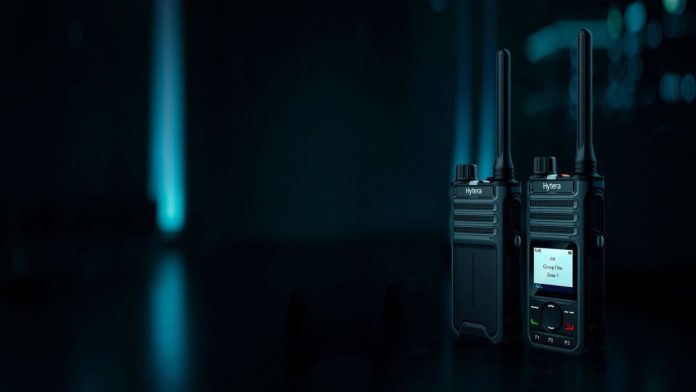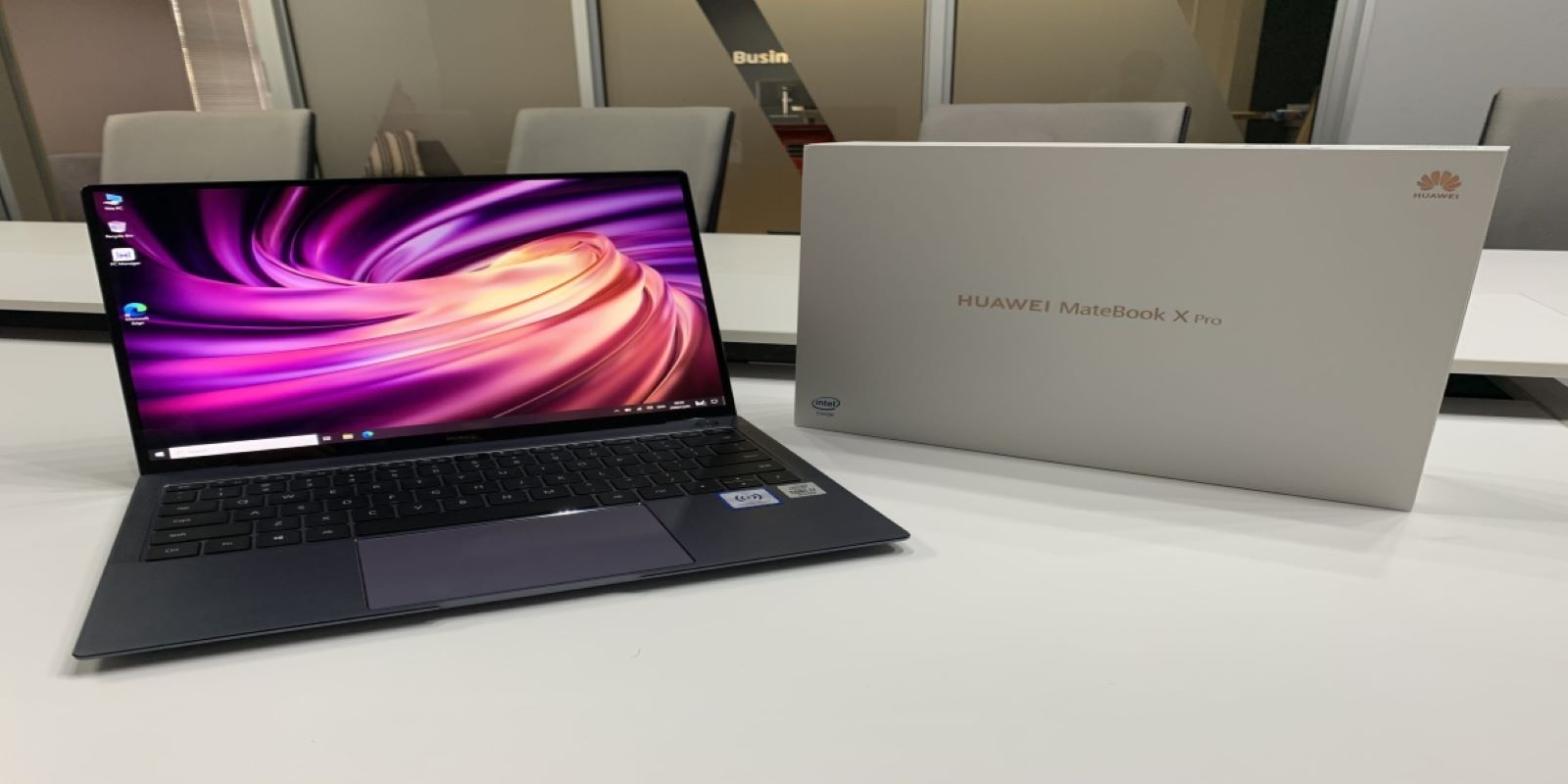Long-range two-way radio performance can be impacted by a number of common issues. Effective communication may be hampered by distance restrictions brought on by obstacles, topography, or environmental conditions. Transmission clarity might be hampered by weather conditions or electronic device interference. It can be difficult to control power usage and guarantee sufficient battery life for prolonged use, particularly in isolated areas.
Long-range communication systems’ effectiveness is further impacted by issues with weather, maintenance, equipment quality, and regulatory compliance. Two Way Radio | Hytera overcomes these challenges and ensures constant and dependable communication over long distances, strict planning, adherence to laws, and strong technical assistance are necessary.
What Developments In Long-range Radio Technology Are Anticipated In The Future?
It is anticipated that advancements in long-range radio technology will concentrate on increasing reach and transmission efficiency in the future. More effective modulation systems and coding approaches are anticipated to enable radios to broadcast with higher clarity over longer distances. It is possible that in the future, smart antenna systems will develop to enable adaptive beamforming and better signal reception, thus increasing the effective range.
Radios will be able to go farther and more effectively around obstacles because of the incorporation of new frequency bands and spectrum management strategies. Furthermore, improvements in battery technology will result in radios that use less energy and have longer operational lives. Increased compatibility between various communication standards is also anticipated, which will enable seamless networking in a variety of settings.
Difficulties Arise When utilizing long-range Two-way Radios
There are a number of difficulties when using long-range two-way radios, which can affect the effectiveness and dependability of communication in different contexts. In order to overcome barriers and maximize their performance in a variety of settings, it is imperative that they comprehend these challenges:
Distance Restrictions
Although long-range two-way radios are built for greater distances, they are nevertheless subject to restrictions because of the terrain, objects in the way, or other environmental factors. Signal transmission can be impeded by urban structures, deep forests, or remote places, hence decreasing the effective range.
Signal Interference and Noise
Communication can be hampered by interference from electronic devices, other radio signals, or atmospheric phenomena like storms. These factors can also impair the clarity and range of the signal. Resolving interference issues is crucial to keeping a dependable and clear signal.
Battery Life and Power Management
Higher transmission power is frequently needed for long-range communication, which accelerates battery depletion. It can be difficult to maintain enough power for long periods of time, particularly in isolated or off-grid locations, thus careful power management is required.
Topography & Terrain
Dense forests, urban areas, and hilly or mountainous terrains can block signals, limiting the useful range of long-range radios. For best effectiveness, line-of-sight communication is needed, but difficult topography can restrict this crucial component.
Weather and Environmental Factors
Unfavorable weather can reduce signal clarity and range by obstructing signal transmission. Examples of these conditions include rain, fog, and storms. It is essential for constant and dependable communication to overcome these obstacles in unpredictably changing contexts.
Regulatory Restrictions
Long-range radios are subject to limitations on transmission power and frequency bands due to government laws. Respecting these guidelines is necessary to guarantee safe and effective radio use while preventing disruption of other communication networks.
Signal Weakness or Degradation over Distance
Signal strength and range might be affected by signals that weaken or deteriorate over longer distances. This natural signal attenuation makes it difficult to maintain clear communication over long distances.
Compatibility and Interoperability
It can be difficult to guarantee interoperability across diverse radio types and manufacturers, particularly in cooperative operations or emergency scenarios where several agencies or organizations must communicate without hiccups.
Antenna and Equipment Quality
The radio’s operation is influenced by the caliber and arrangement of the antenna and equipment. Maintaining an effective and efficient long-range communication system requires high-quality equipment and correct installation.
Maintenance and Support
To guarantee optimum operation, long-range radio systems need to have regular maintenance and sufficient support. Ensuring access to technical support, upgrades, and maintenance services is essential for long-term and efficient use.
Conclusion
Distance restrictions, signal interference, power management, terrain impediments, weather, regulatory compliance, signal deterioration, interoperability, equipment quality, and continuous maintenance are some of the difficulties associated with using long-range two-way radios. To overcome these obstacles and provide dependable considerations are needed.











